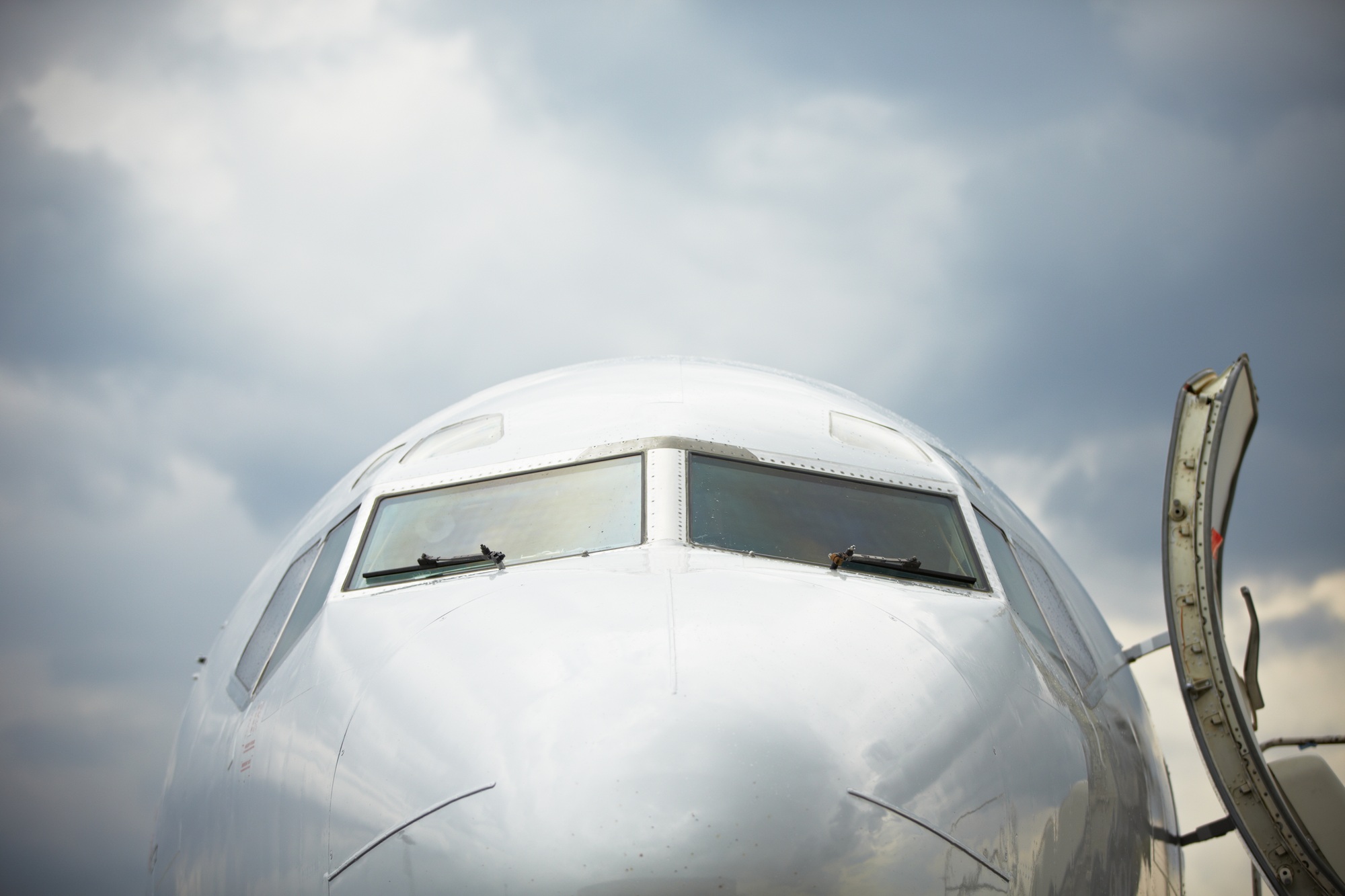Boeing’s recovery may be gaining altitude, but trade turbulence is proving to be a serious headwind in China. The U.S. aerospace giant confirmed this week that several Chinese airline customers are rejecting new aircraft deliveries due to retaliatory tariffs.
“Due to the tariffs, many of our customers in China have indicated that they will not take delivery,” Boeing CEO Kelly Ortberg revealed during the company’s Q1 2025 earnings call on Wednesday. The update came as a third undelivered Boeing aircraft—originally destined for a Chinese buyer—began its journey back to the U.S.
This is the first time Boeing has openly acknowledged the fallout from ongoing U.S.-China trade tensions, with Ortberg emphasizing that China is currently the only market presenting such a challenge. Before the Trump administration’s tariff push, commercial jets moved freely across borders, thanks to a longstanding 1979 civil aviation agreement that exempted them from import duties.
But that’s changed. Under new Chinese tariff rules, U.S.-built aircraft now face steep levies. For airlines, that means receiving a Boeing 737 MAX—priced at roughly $55 million—is no longer a neutral financial event, but one with considerable added cost.
Despite the setback, Boeing isn’t grounded. Ortberg said the company will redirect those jets to other buyers eager for faster delivery timelines. In a global aviation market still recovering from pandemic-induced delays and capacity shortages, demand for new aircraft remains high.
The company’s shares (NYSE: BA) climbed over 6% on Wednesday, suggesting investor confidence in Boeing’s ability to manage the rerouting and maintain momentum outside of China. While the geopolitical pressure adds risk to long-term outlooks in Asia, short-term logistics flexibility and strong global demand appear to be Boeing’s best lifeline.
Still, the message is clear: tariffs have consequences far beyond semiconductors and soybeans—they’re now landing on the tarmac, too.







